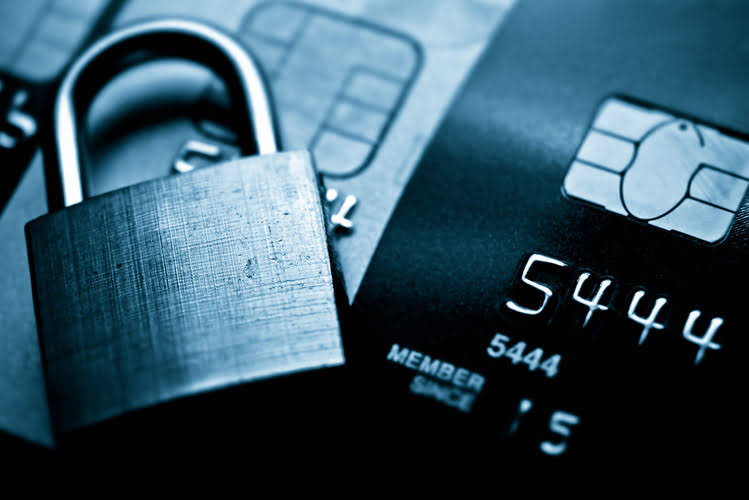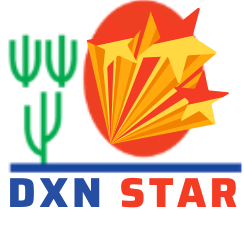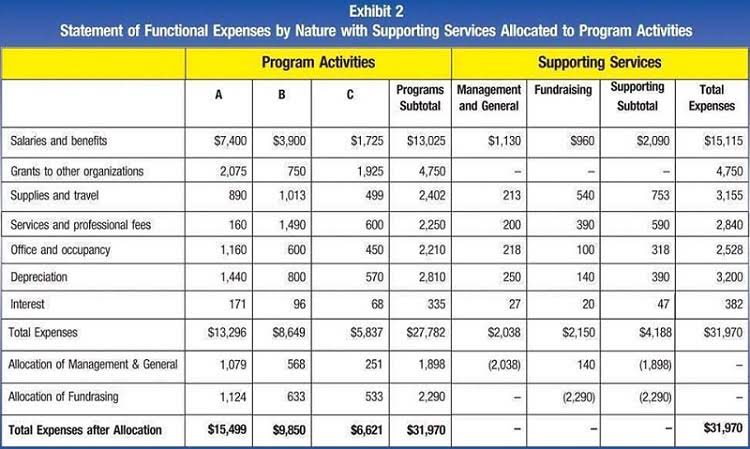
Finally, subtract the required investments in operating capital, also known as the net investment in operating capital, which is derived from the balance sheet. Three ways to calculate free cash flow are by using operating cash flow, using sales revenue, and using net operating profits. You can also use amortization and depreciation to account for the decreasing value of equipment and plants. It does mean, however, that the company had to take on debt or issue equity to stay cash-flow positive, which is a sign that its operating activities might not be particularly effective. Let’s say you’re analyzing the cash flow statement for last month, and you have a positive cash flow of $45,000. First, we look at cash flow from operating activities, which describes how well a business generates cash from the main thing it does (whatever product or service it is you sell).
- For our long-term assets, PP&E was $100m in Year 0, so the Year 1 value is calculated by adding Capex to the amount of the prior period PP&E and then subtracting depreciation.
- Instead, it would usually be done as several separate calculations, as we showed in the first 4 steps of the derivation.
- The common stock and additional paid-in capital (APIC) line items are not impacted by anything on the CFS, so we just extend the Year 0 amount of $20m to Year 1.
- From 2020 until now, Macy’s capital expenditures have been increasing due to its growth in stores, while its operating cash flow has been decreasing, resulting in decreasing free cash flows.
- It shows how successful your business is but can’t tell you if you have enough money to survive long-term.
- Depending on if the company has more cash inflows or cash outflows, net cash flow can be positive or negative.
What are Investing Activities in Cash Flow?
From that, we remove all non-cash expenses and remove the effect of CapEx and changes in Net Working Capital, as the core operations are the focus. As mentioned earlier, analysts and investors look at a company’s CFF to determine its financial standing and capital structure construction. Value investors often look for companies with high or improving cash flows but with undervalued share prices. Rising cash flow is often seen as an indicator that future growth is likely.
More resources from CFI
The cash flow statement is an essential financial document for investors and creditors while conducting due diligence and making projections of your business. Evaluating the cash flow statement lets you know the cash position of your business in advance. This knowledge helps you take proactive measures to run your business operations optimally. cff formula As we have seen, financing activities can generate either a positive or a negative cash flow. In this example, the company has a positive cash flow in the given period, which can be used for its other financial obligations. Let us now consider an example to get more clarity on the cash flow from financing activities in a company.

Importance of Free Cash Flow

The analyst’sunderstanding of a company’s financial statements, its operations, its financing,and its industry can pay real “dividends” as he or she addresses that task. Many analystsconsider free cash flow models to be more useful than DDMs in practice. To calculate cash flow from financing activities, you need to know the beginning balance of cash and equivalents plus any inflows (such as new loans) and minus any outflows (such as loan or debt repayment).
- It is used for measuring the overall movement of cash between the organization and its respective owners, creditors, and investors.
- Knowing a company’s free cash flow can give insight into its financial health.
- This is the most common metric used for any type of financial modeling valuation.
- If Unlevered Free Cash Flows are being used, the firm’s Weighted Average Cost of Capital (WACC) is used as the discount rate because one must take into account the entire capital structure of the company.
- When a Financial Analyst is modeling a business, they might only have access to partial information from certain sources.
The cash flow statement is equally important to the owner, investors, and creditors. Creditors can determine how much cash is available to fund the businesses’ operating expenses and pay debts. You can understand business performance and adjust strategies as an owner or entrepreneur. Positive cash flow from financing activities indicates a net increase in cash resulting from financing activities, such as raising capital or obtaining loans. Negative CFF indicates a net decrease in cash due to financing activities, like repaying debt or buying back shares.
- Another $4,000 came from the sale of capital equipment, and the final $35,000 was a cash injection from a bank loan (debt financing).
- But we have already seen from our Macy’s example that a declining free cash flow is not always bad if the reason is from further investments in the company that poise it to reap larger rewards down the line.
- Remember – every balance sheet line item must be included in the cash flow statement.
- Conversely, negative FCF might not necessarily mean a company is in financial trouble, but rather, investing heavily in expanding its market share, which would likely lead to future growth.
- Automate manual processes, generate accurate forecasts, reduce errors, and gain real-time visibility into your cash position to maximize your cash flow.
- It must be analyzed in its entirety, considering each section contributing to the overall cash flow change.
It looks at how much cash is left over after operating expenses and capital expenditures are accounted for. In general, the higher the free cash flow is, the healthier a company is, and in a better position to pay dividends, pay down debt, and contribute to growth. Cash flow from Financing Activities is represented in the cash flow statements revealing the net cash flows to be utilized towards funding the company. The respective financing activities include transactions that involve dividends, equity, and debt. Dividends paid are typically categorized under financing activities in the cash flow statement. This section outlines the cash flows related to the company’s financing activities, including dividends distributed to shareholders as a return on their investment in the business.

Transactions That Cause Negative Cash Flow from Financing Activities

Cash Flow from Investing Section (CFI)













